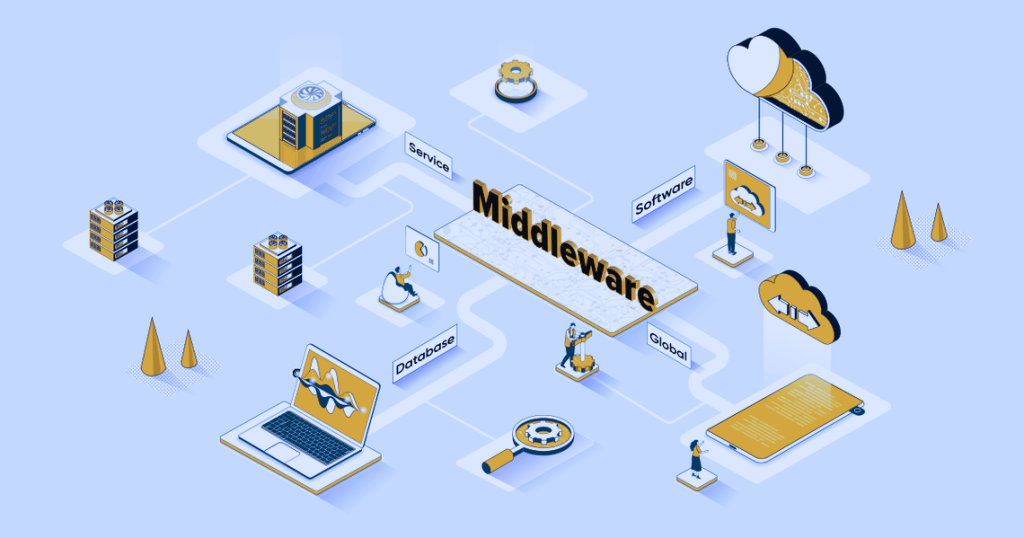
Ever wondered why Flutter is the best alternative for the Internet of Things (IoT)? Let’s dig into the why.
First of all, what is Flutter? A quick overview
Flutter is a toolkit made by Google for building user interfaces (UI) in apps. It’s open source, meaning anyone can use it and contribute to it. People use Flutter to make apps that work on different platforms, like Android and iOS, using the same code. It comes with lots of ready-to-use parts for making your app look and feel like it’s made for each platform. One cool thing about Flutter is its ‘hot reload’ feature, which lets developers see changes to their code almost instantly as they work. Flutter uses a programming language called Dart, chosen for its speed and easy learning.
Flutter is highly appreciated for several reasons
- Cutting development expenses by as much as 40%
- Lowering upkeep costs for applications
- Seamlessly integrating with agile methodologies
- Facilitating a multiplatform release using just one codebase
What makes Flutter right for IoT development?
Fast Development:
Flutter’s hot reload feature allows developers to see code changes instantly, speeding up development by enabling rapid iterations and quicker debugging.
Efficient Prototyping:
With Flutter’s extensive widget library and hot reload, it’s perfect for fast prototyping, especially in IoT development where visualizing app-device interactions is crucial. Quick prototyping accelerates design and improves IoT solutions efficiently.
Cross-Platform Capability:
Flutter lets developers write one codebase for multiple platforms (iOS, Android, web, desktop), which is beneficial in IoT where apps interact with various devices and OS.
Consistent User Experience:
Flutter ensures a uniform UI/UX across devices, vital in IoT ecosystems where users engage with applications on various devices.
Cost Reduction:
By enabling a single codebase for multiple platforms, Flutter reduces the need for separate iOS/Android teams, reducing development costs and time.
Integration Ease:
Flutter smoothly integrates with existing IoT platforms and backends, crucial for IoT apps reliant on complex device networks.
Native-Like Performance:
Despite being cross-platform, Flutter apps perform and feel native, essential in IoT where user experience is critical.
High Performance:
Flutter’s architecture is optimized for performance, rendering UI directly on the platform’s canvas, indistinguishable from native apps. This performance is vital in IoT development.
Effortless Deployment:
Flutter’s unified codebase makes deploying updates and maintaining apps easier, vital in IoT scenarios requiring continuous updates across various devices.
Scalability:
Flutter’s architecture scales effortlessly as an application grows, crucial in IoT where scalability is paramount.
Summary
In summary, Flutter emerges as a powerful toolkit for developers, offering a streamlined approach to UI development across multiple platforms. With its ‘hot reload’ feature, extensive widget library, and native-like performance, Flutter enables rapid prototyping, cost-effective development, and seamless integration for IoT applications. Its ability to ensure consistent user experiences, effortless deployment, and scalability further solidify its position as a preferred choice among developers for building versatile and high-performance applications.
Learn more about how we work with Flutter.



